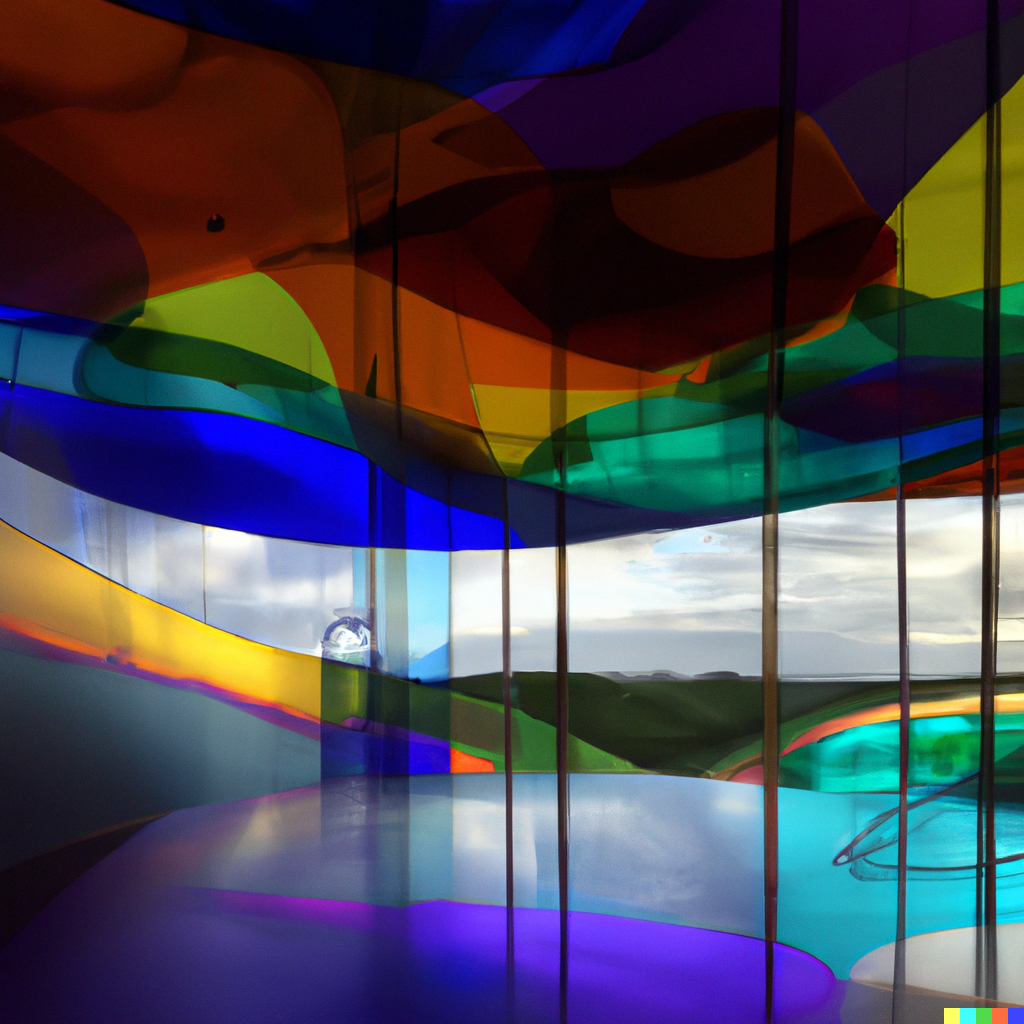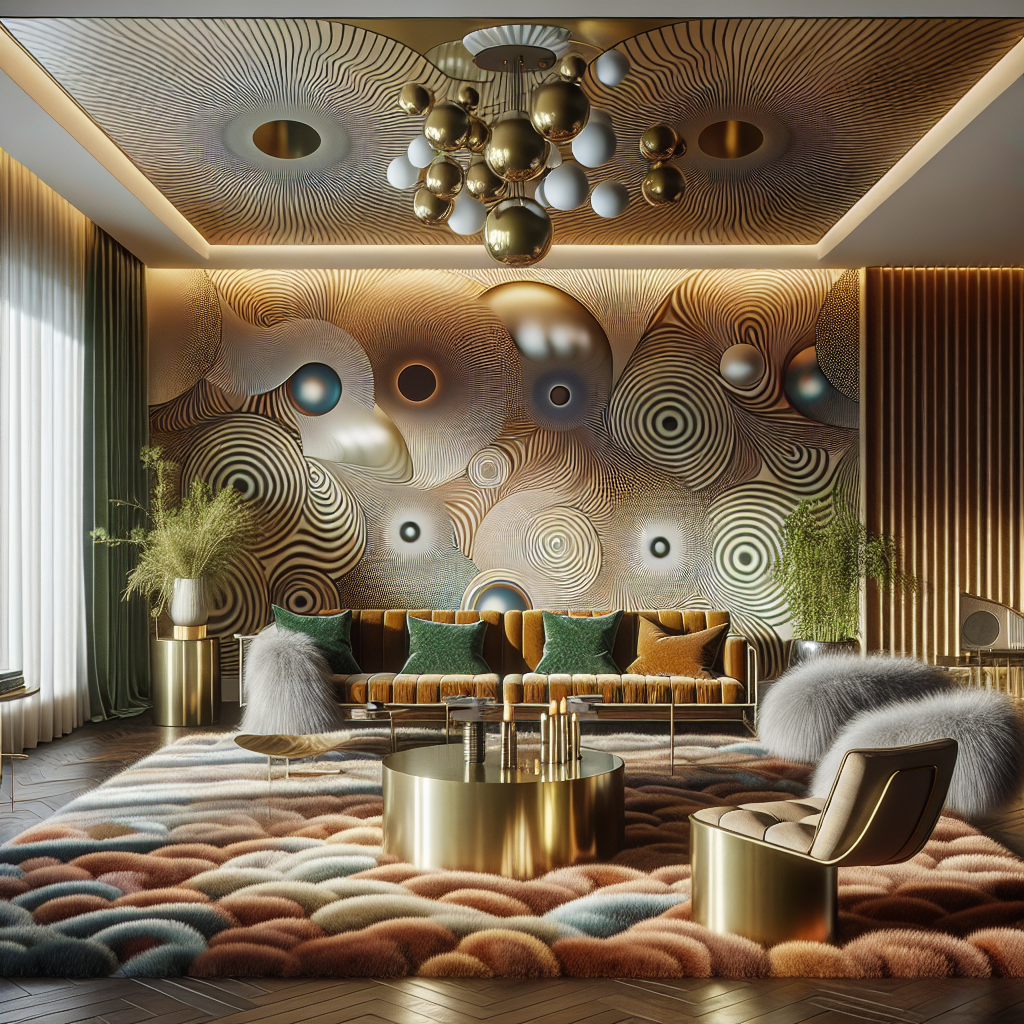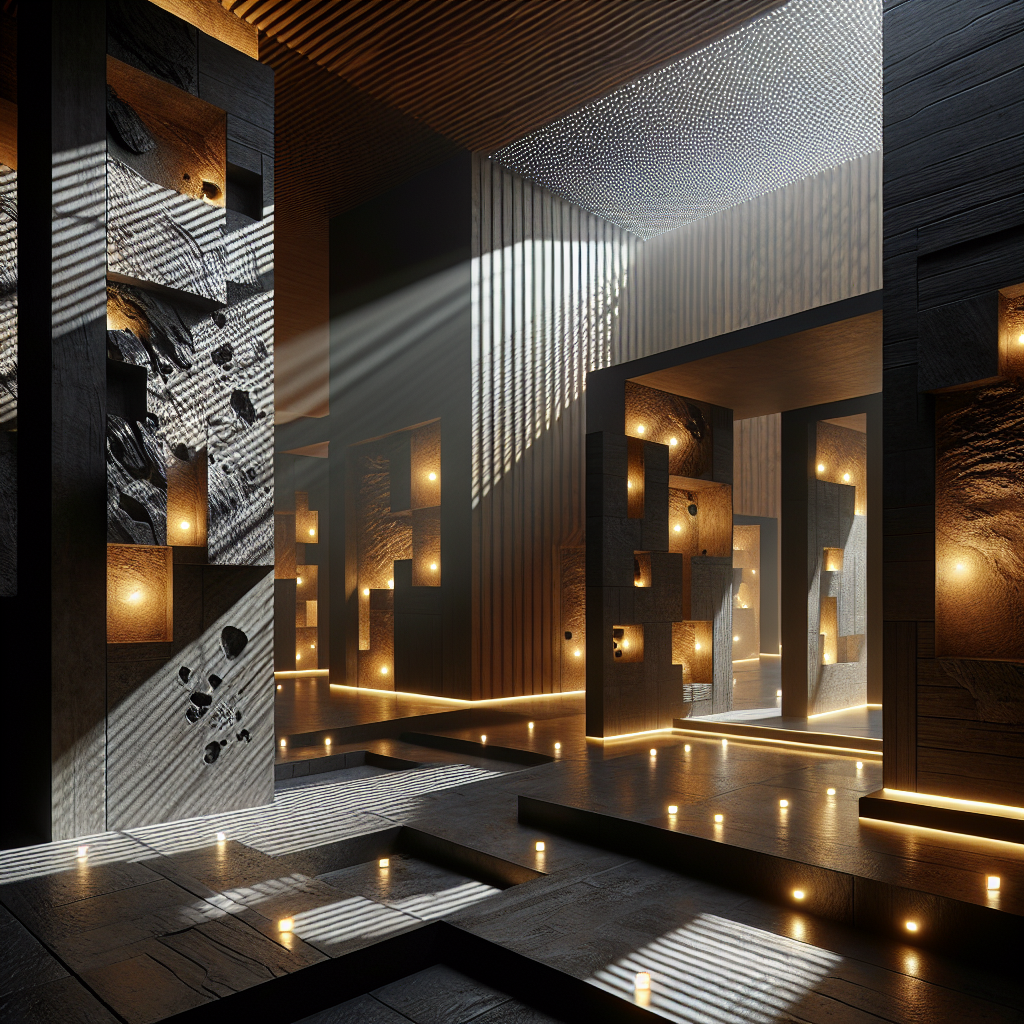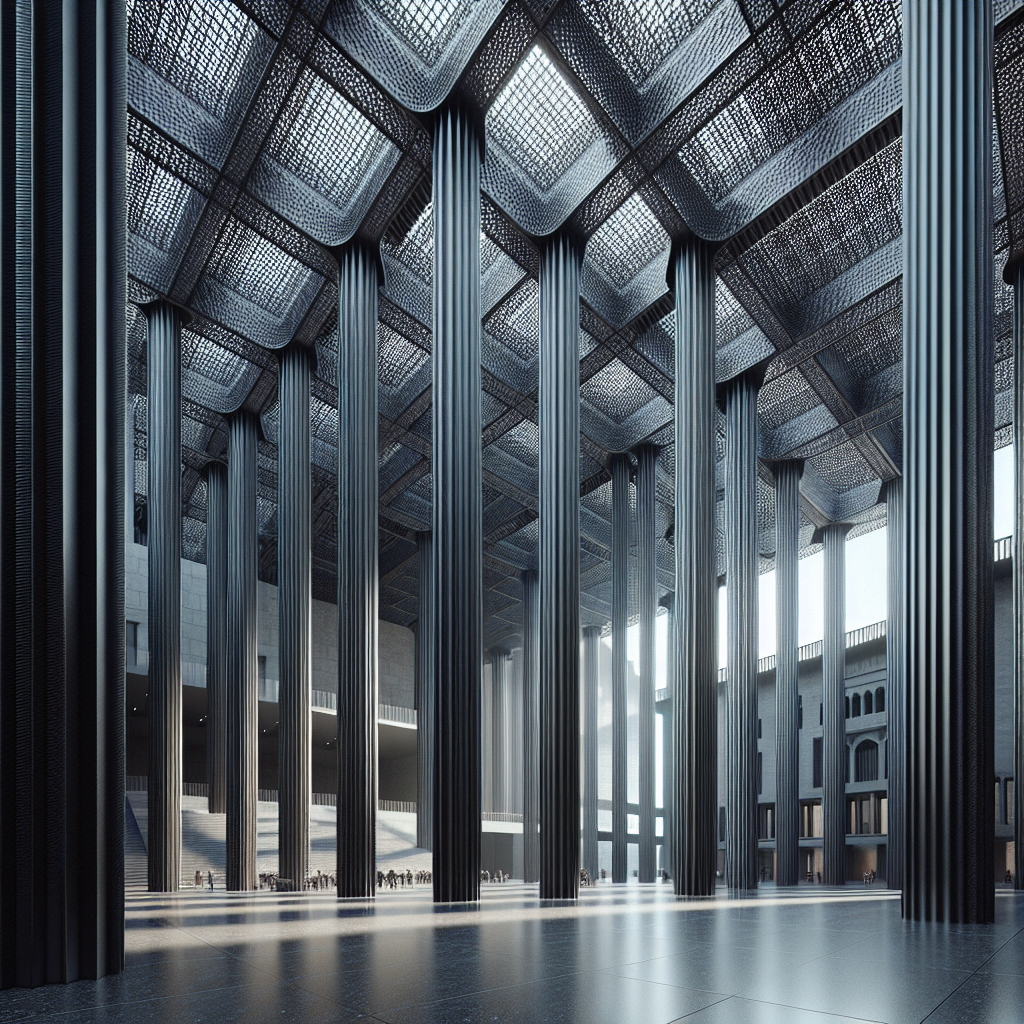Embracing the Unconventional: The Seamless Confluence of Architecture and Exhibit Design in Modern Museums

A New Frontier in Museum Design
Welcome to a world where boundaries are constantly shifting and being redefined, a realm where the line between exhibit design and architecture is not just blurred but intentionally erased. We’re delving into the thrilling arena of unconventional museums, where the architecture itself becomes part of the narrative, and the exhibit design is not confined to glass cases or placards on walls.
Redefining Museum Architecture
Once, museum architecture was thought of as merely a protective shell for the treasures within. But that notion has undergone a radical transformation. Today’s most innovative architects and designers have emerged from their silos, collaborating to create spaces that are more than mere containers for exhibits. These daring individuals sculpt buildings that are experiential entities unto themselves, marrying form and function in delightful, unexpected ways.
The Museum of Tomorrow: Where Design Meets Sustainability
An example that readily comes to mind is the Museum of Tomorrow in Rio de Janeiro. Its striking, futuristic design echoes its theme of sustainable future, while the exhibits within utilize innovative technology and interactive media. There’s an engaging dialogue between the museum’s architectural expression and its content, creating a vibrant, dynamic experience for visitors.
Exploring Architectural Elements in Unconventional Museums
In our journey through these unconventional spaces, we encounter the merging of interior and exterior, the playfulness of geometric patterns, and the celebration of light and shadow. These architectural design elements guide our exploration, subtly directing our attention, shaping our understanding, and enriching our experience. For instance, consider the Louvre Abu Dhabi, where the interplay of light filtered through its iconic dome immerses visitors in a ‘rain of light’, a spatial experience that heightens the aesthetics of the exhibited masterpieces.
Promoting Inclusivity through Design
The unification of architecture and exhibit design also promotes inclusivity. The Guggenheim Museum Bilbao, designed by Frank Gehry, is a prime example of this concept. Its mesmerizing curvilinear structure doesn’t just challenge architectural norms; it also dissolves barriers between art, audience, and environment. Its cleverly designed curving galleries enhance the visitor’s engagement with the art within, promoting an immersive, inclusive experience.
A New Approach to Exhibition and Storage
The Broad Museum in Los Angeles presents yet another instance of this innovative blend. Its unique ‘veil-and-vault’ concept creates a fluid interface between the storage and exhibition of artwork, redefining the visitor’s journey. It shows how the holistic design of the building and the careful curation of the exhibits can stimulate a rich, layered conversation about art.
Redefining Cultural Institutions
These museums are revolutionizing the landscape of cultural institutions, pushing the envelope, and challenging preconceived notions of what a museum ‘should’ be. The architects and exhibit designers behind these fascinating spaces are visionaries, crafting narratives through space, light, and structure. They are shaping the future of museum design, highlighting the synergies between architecture and exhibit design, and offering fresh perspectives that captivate and inspire.
Enriching the Visitor Experience
While the design of unconventional museums may appear to stray from traditional norms, they serve a profound purpose. They stimulate intellectual curiosity, encourage social engagement, and inspire a deeper appreciation for art and culture. The intersection of architecture and exhibit design in these avant-garde spaces ensures that every visit is a unique, enriching, and memorable experience.





